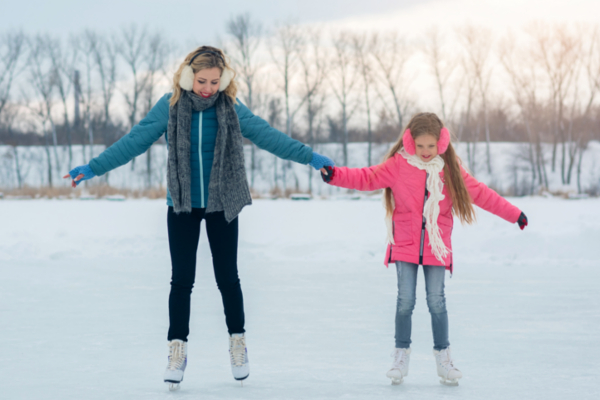
For much of the autumn season, you keep the same training routine as spring and summer. Unfortunately after Daylight Saving Time ends and colder temperatures set in, there’s less chance you’ll be running or working out in dark, chilly conditions.
While on the surface this can be an inconvenience, you also risk developing an injury, experiencing dehydration or hypothermia if you don’t adapt. At the same time, you may find that holidays and other obligations cause you to space out exercise days further apart, which can impact progress.
To continue hitting your goals through the colder months, consider the following factors.
Choose the Right Apparel
On a general level, you’ll need to layer clothing to stay warm. Your routine should also begin with a warmup, during which your body temperature increases before you segue into the core of your routine. If you layer too many heavy garments, you’ll begin to sweat during a warmup, which can actually cool your body down quickly.
What can happen when you start to sweat? Moisture works as a heat conductor and this process ends up moving heat away from your body to the outside. This cools your core, increases risk of hypothermia and frostbite the longer you stay out, and may cause you to cut your workout short.
In turn, the goal in dressing for a winter workout is to ensure your core temperature stays within a normal range at all times. Consider the fabrics you’re layering. For instance, cotton has a tendency to absorb sweat. Instead, look for moisture-wicking materials made of polyester or nylon.
Find Shoes with Traction
In choosing your footwear, take frozen dew, rain, snow or ice on the pavement or trail into consideration. To anticipate these conditions, consider a running shoe with more traction than a typical sneaker. If you take more to the trails instead of the pavement, consider strapping a set of ice spikes onto your shoes for stronger, more reliable footing over slippery patches.
Remember to Hydrate
Training outdoors in colder weather doesn’t mean you can ignore hydration. In all weather conditions, you lose fluid when you exercise, which can affect performance, recovery and place greater stress on your body. As such, continue to bring along your water bottle or a hydration pack.
Know Your Injury Risks
The cold also poses injury risks, particularly when you engage in sprints. In turn, not only should you keep yourself reasonably warm by layering on moisture-wicking garments, but should also:
- Spend more time warming up
- Avoid any type of “explosive” muscle actions
- Take your routine at a slower pace
At the same time, consider your warmup in relation to your routine. Start with similar low-impact motions, before gradually transitioning into a more intense activity. Attempting to train outdoors like it’s spring or summer can result in muscle tears, sprains, strains and tendon damage, both of which will place you further away from your fitness goals.
Get Some Accountability
Especially when it’s cold outside, it’s easy to tell yourself you’ll put off your routine until tomorrow. Soon enough, a week or two passes without a workout and your progress begins to lapse. As a motivational factor and for accountability, working out with a partner provides you the support to keep going.
During the pandemic, that support may be virtual. Whether through a social media group or fitness app where you discuss your progress and struggles, you can encourage each other to keep working towards your goals.
Add Variety to Your Routine
Unfortunately, it’s easy to hit a plateau in winter when it feels like you’re doing the same workouts over and over again. To stay physically active but add some variety, consider trying a winter sport like skiing, snowboarding or ice skating. If you start something new, take it slow and remember to have fun!
To get through this colder part of the year, build a personalized fitness plan with the physical therapists at Integrated Rehab.
To learn more, contact us today.

